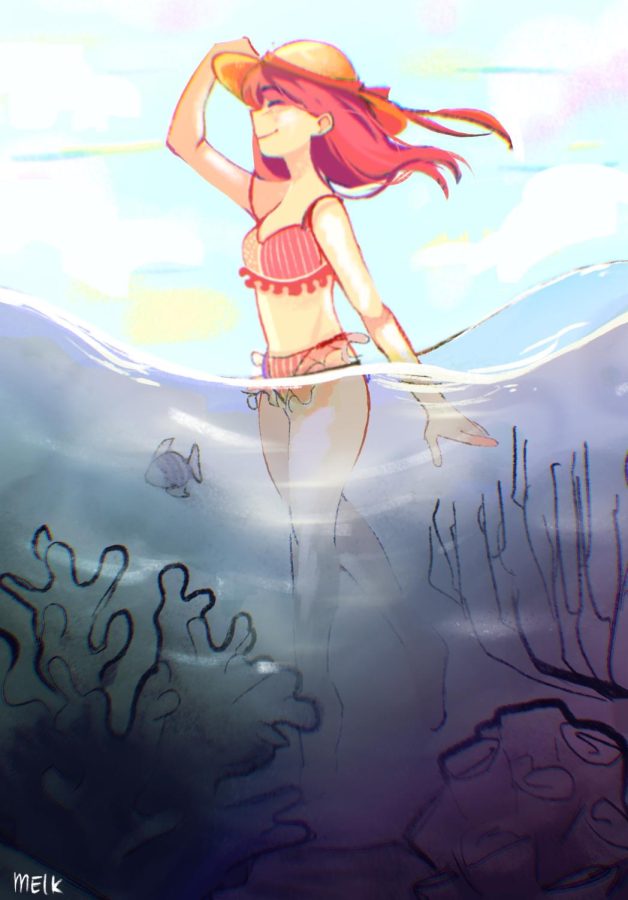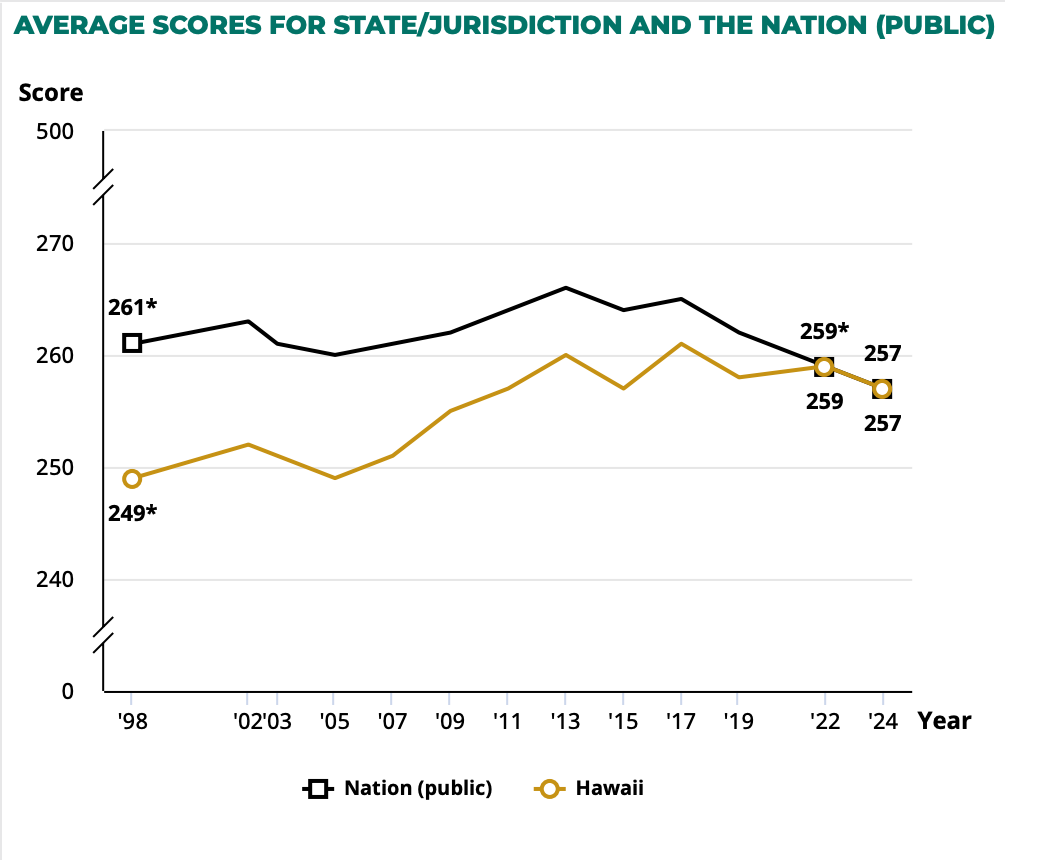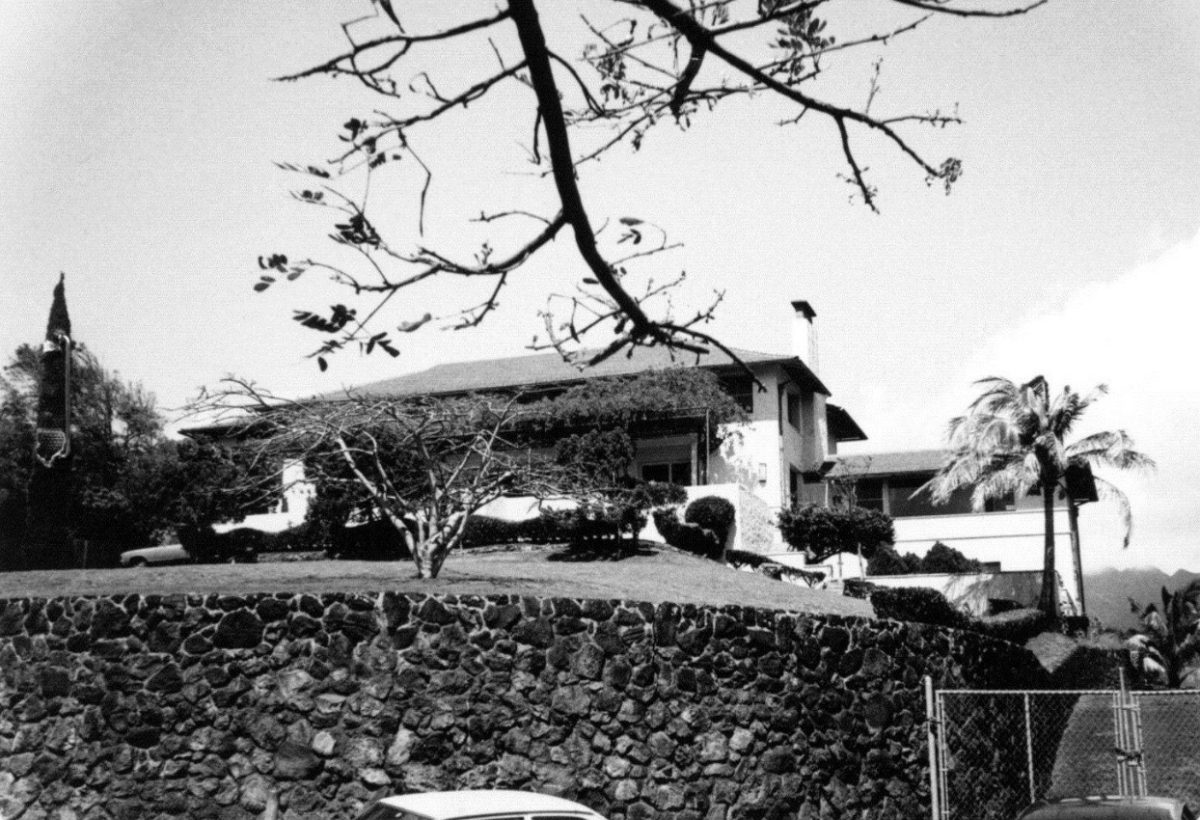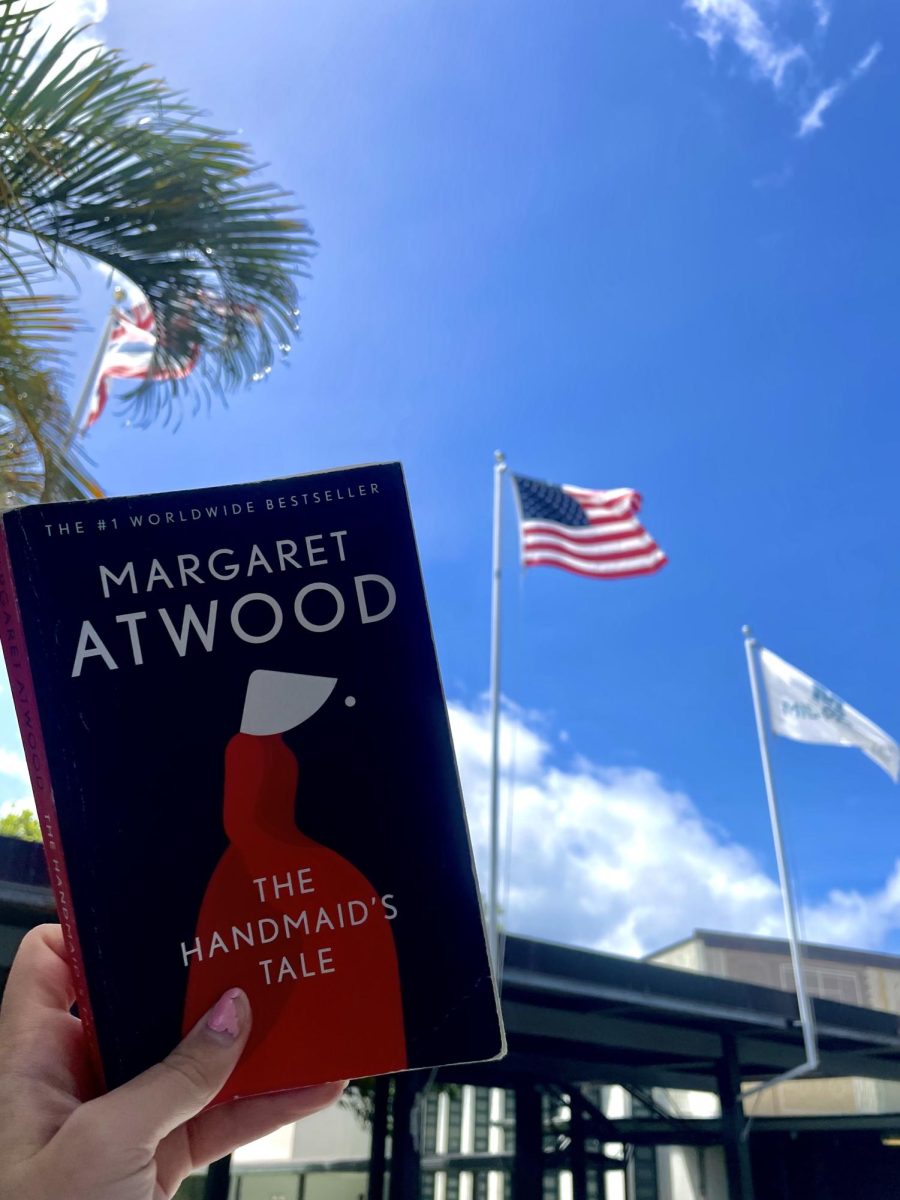Dangerous Sunscreens Endangering Species
On a bright and sunny day, the sunscreen protecting the your healthy skin may not be doing the same for those who live underwater..
October 18, 2022
Tourists settle down for their time in paradise. They have their sunglasses, bathing suits, and sunscreen, and have been alerted to only use environmentally safe products. That, however, is not happening.
All you have to do is inspect the water to see that something is wrong.
“You can really notice the difference in the water. It gets cloudy when someone leaves,” said Senior Knut Robinson.
Sunscreen has been around for almost a century. In 1938, Swiss chemistry student, Franz Greiter, created a sunscreen to prevent sunburns while climbing a mountain.
Active ingredients like oxybenzone (and 15 other chemicals) filter the harmful UV rays.
But certain chemicals used in sunscreen may harm our health and environment.
One of the most harmful chemicals is Benzene. This chemical is known for its colorless and sweet scent. According to Valisure, an independent certification company that focuses on science-based product quality, 78 sunscreen and after-sun care products contained Benzene, which has been reported to cause cancer and other potentially serious health risks.
Although it is noted that Valisure suggests that Benzene is not an ingredient in sunscreen, it is a contaminant somewhere within the manufacturing process.
Aside from the possible health effects that it has on your body, Benzene causes detrimental harm to the ocean and most living organisms. The patch of cloudy film that you see at the beach comes from the extra sunscreen slipping off as you enter or exit the water.
These chemicals cause bleaching of the coral or make them extremely sick. The loss of coral and reefs could lead to erosion and sea level rise.
“When the temperature of the ocean changes, the pH changes. At lower temps, the coral will lose its algae and bleach. Oxybenzone and other compounds bleach the corals.” said IB Environmental Science and Systems Teacher Sarah Vasconcellos.
But don’t fret, there are many other options to choose from. Not only are there chemical sunscreens, but there are also mineral sunscreens to pick from. Keep in mind that both have their own strengths and weaknesses.
Both chemical and mineral sunscreens have the same goal of protecting your skin, but I think you should consider a few things before you settle on a sunscreen.
To start off, be sure the sunscreen is water resistant and the Sun Protectant Factor (S.P.F.) is at least 30.
Next, make sure the sunscreen will not harm the reef. Although Hawaii has banned certain sunscreens, many of us still order online where the Hawaii State rules don’t apply.
“I find it very important to use sunscreen, especially in my life. Through sports and hobbies, I am outside a lot and need to protect my skin for short-term and long-term benefits” said Junior Haya Stein.
When shopping online, make sure the sunscreen does not include oxybenzone (and 15 other chemicals).
Even though some sunscreens may advertise as “reef safe,” a beachgoer should still read through the ingredients list.
Since Hawaii is the only place that has issued a sunscreen ban, there are those who still don’t know about this matter or those who don’t know too much information about these chemicals and what to stay away from.
I think a great place to help raise awareness and get across to more people more efficiently would be the informational segments shown on the airplanes. It’s never too late to make the switch.
“You should protect yourself first, but there are ways to protect yourself and the reef,” said Vasconcellos.







